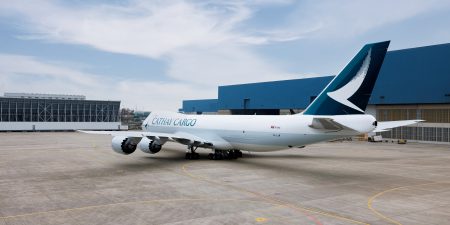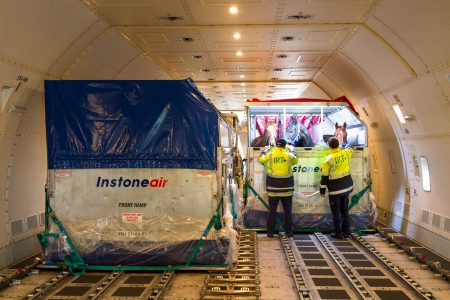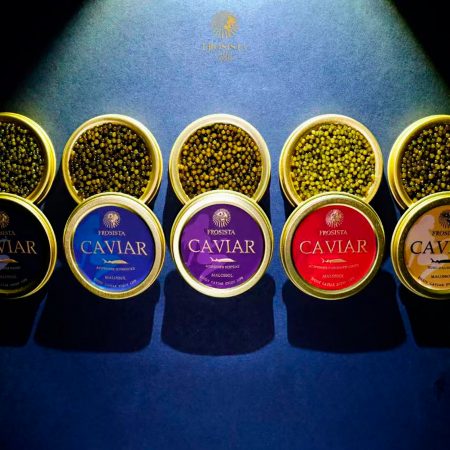Harness racing is an equine sport with jockeys controlling their steed from behind on lightweight, two-wheeled chariots called “sulkies”. Much like human racewalkers in athletics who remain in contact with the ground at all times with a straight leading leg, the horse’s gait is restricted – no galloping, but plenty of excitement.
The sport permits two similar but different gaits: trotting and pacing. Whichever is used, there are penalties for breaking stride during a race. In parts of Europe, trotting prevails, while pacing dominates in Australia and the US. There’s nothing to stop a pacer from becoming a trotter or vice versa.
The role for flying
But the impatient demand for racing is the primary reason these horses find themselves on board Cathay Cargo aircraft from Australia to the US. While the original breed is American, “there just aren’t enough horses in the US to meet the substantial demand”, according to Selwyn Wallace, Director at specialist horse forwarder IRT, which ships between 5-6,000 horses annually. IRT moves horses all around the world. One such movement is the transcontinental movements between Australia and the US. From this, 150 horses will be pacers going off to race stateside each year aboard Cathay Cargo’s freighters under its Cathay Live Animal solution, and CEIV Live Animals assurance.
Australian horses still make up a small percentage of the overall number of harness-racing horses in the US – as most of those shipped are race-ready geldings. Wallace says that for owners there are benefits buying a racehorse in Australia: “As soon as it gets there, it’s racing.” Young horses need to be broken in, which can take two years.
Pacers as passengers
IRT makes around 11 shipments of race-ready geldings over the course of the year, avoiding Chinese New Year and extreme seasonal temperature differences. “Trainers ideally want to avoid a horse being shipped in the peak of our summer into the depths of their winter,” says Wallace.
Onboard, temperature is also key, and IRT works with Cathay Cargo to make sure everything suits the equine passengers. “We ask for the main deck to be set at 12 to 14 degrees,” says Wallace. “That’s the sweet spot, because while it may feel cold, there are three horses in each stall, and it warms up in there.”








